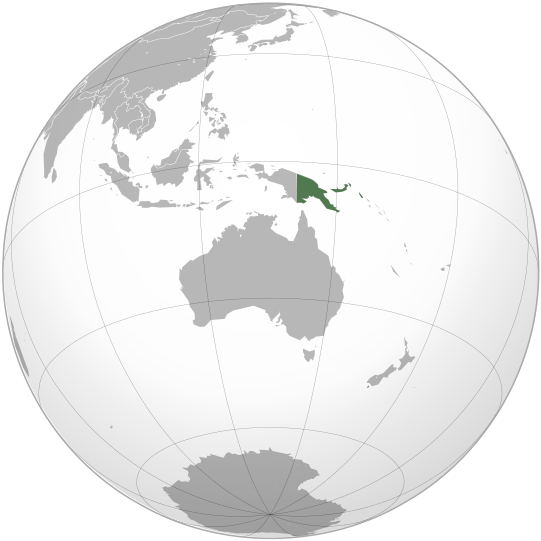Right now I’m reading Jane Austen’s final completed novel, Persuasion. The copy I own has this quote from Alfred, Lord Tennyson on the back: “Miss Austen… was a great artist, equal in her small sphere to Shakespeare.” When I looked up this quote to find more context for it, I found this later quote from Tennyson on this page:
“I am reported to have said that Jane Austen was equal to Shakespeare. What I really said was that, in the narrow sphere of life which she delineated, she pictured her characters as truthfully as Shakespeare. But Austen is to Shakespeare as asteroid to sun. Miss Austen’s novels are perfect works on small scale — beautiful bits of stippling.”
Source: B.C. Southam [Editor] Jane Austen: The Critical Heritage, 1870-1940 Volume 2 [1987]
Undoubtedly, there is a vast difference in scope between the two authors. All of Austen’s protagonists are middle- or upper-class, straight, and English; all of her novels are set in England and focus on particular themes and character types; and in the world she wrote of, marriage was the sole legitimate conclusion to romance, and Christianity the sole legitimate form of spirituality.
Shakespeare, on the other hand, set his plays in nations throughout Europe and the Mediterranean (and ultimately moved west in The Tempest), focused on characters of all class backgrounds, introduced African, Asian, and Jewish characters, crossed genre lines, and used fantastical worlds, battlefields, courtrooms, palaces, and more as backdrops. Most importantly, his characters engage in ventures, relationships, and crimes that could not be acknowledged in Austen’s world.
Tennyson’s clarification of his comparison nonetheless seems unfair to Austen, for a number of reasons. Shakespeare wrote for much larger, more diverse audiences than Austen, and in the world of Elizabethan drama, setting plays in a variety of places and times was not an especially unique trait. Austen wrote in a more restrictive environment and worked from humbler sources than Shakespeare — simple, 18th century morality tales provided the basis for her novels — but still vastly expanded the scope of her genre during her career.
Additionally, Shakespeare’s period of maturity was neither as short nor as abruptly ended as Austen’s. Shakespeare’s plays were already in production by 1592, 24 years before his death. By comparison, Austen’s first published novel was released in 1811, only six years before her death. Shakespeare’s four great tragedies were published between 1599 and 1608 — that is, between seven and 16 years after the beginning of his published career. Jane Austen had just reached this period of her career, and had just started to incorporate characters from beyond the borders of England and themes of industrial modernization in her unfinished novel Sanditon, when she died at the age of 41.
Virginia Woolf, in her essay about Austen, makes a strong case for Austen entering a new, more developed phase of her career at the end of her life:
Let us take Persuasion, the last completed novel, and look by its light at the books she might have written had she lived… There is a new element in Persuasion, the quality, perhaps, that made Dr. Whewell fire up and insist that it was “the most beautiful of her works”. She is beginning to discover that the world is larger, more mysterious, and more romantic than she had supposed…
And what effect would all this have had upon the six novels that Jane Austen did not write? She would not have written of crime, of passion, or of adventure… But she would have known more… She would have devised a method, clear and composed as ever, but deeper and more suggestive, for conveying not only what people say, but what they leave unsaid; not only what they are, but what life is.
In other words, her scope would have expanded, from the “narrow sphere of life which she delineated” to a world that is “larger, more mysterious, and more romantic than she had supposed.” Woolf, like Tennyson, believed Shakespeare and Austen to be equals in quality, if not in scale. Unlike Tennyson, she did not imagine that Austen was confined to creating “beautiful bits of stippling”; she saw the full scale of Austen’s creative power and imagined it had it gone unhindered.
And finally, Woolf acknowledged that Austen’s genius, though it was fully displayed in her life, was prematurely dissipated by her death:
She would have been the forerunner of Henry James and of Proust — but enough. Vain are these speculations: the most perfect artist among women, the writer whose books are immortal, died “just as she was beginning to feel confidence in her own success”.
I highly recommend Woolf’s essay, especially if you’re a fan of Austen’s. I also recommend Persuasion, which can be found online here. It’s in the public domain, so you can also find it for free on Kindle, Google Play, or other e-book services.




